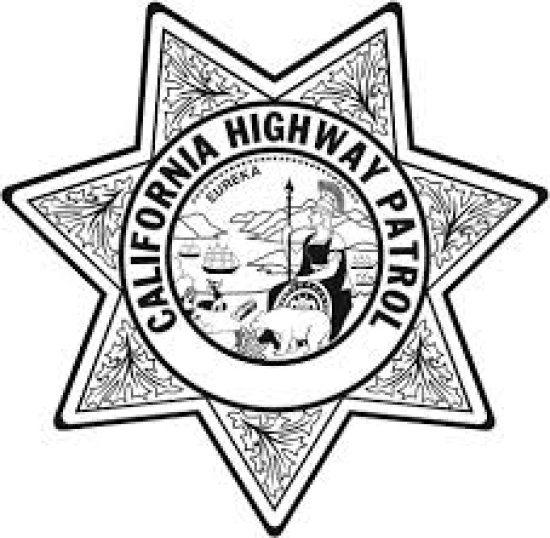Drowsy Driving Causes More than 100,000 Crashes Per Year

CHP Press Release:
In an effort to reduce the number of fatigue-related collisions and reinforce our mission of saving lives, the California Highway Patrol (CHP) joins the California State Transportation Agency and Office of Traffic Safety in a campaign to remind motorists to stay alert during “Drowsy Driving Prevention Week,” November 3-10, 2013.
“Many people do not understand the dangers associated with driving drowsy,” said CHP Commissioner Joe Farrow. “This is our opportunity to educate the public on the potential life-threatening consequences of driving while fatigued behind the wheel.”
Drowsiness can impair judgment, reaction time, and a driver’s attention. This annual campaign provides public education about the risks of driving while drowsy and countermeasures to improve safety on the road.
According to the National Highway Transportation Safety Administration (NHTSA), drowsy driving causes more than 100,000 crashes a year, resulting in 40,000 injuries and contributing to 1,550 deaths.
The American Automobile Association estimates that one out of every six deadly traffic accidents, and one out of eight crashes requiring hospitalization of drivers or passengers is due to drowsy driving. Preliminary data for 2011 from CHP’s Statewide Integrated Traffic Records System indicates more than 1,600 people lost their lives in collisions where fatigue was a factor on California’s roadways.
“Driving while drowsy or sleep-deprived can be a lethal combination,” said Russia Chavis, Acting Director of the Office of Traffic Safety. “While most people are aware of the dangers of drunk or distracted driving, many don’t realize that sleepiness also slows reaction times, decreases awareness, impairs judgment and increases your risk of crashing, all similar to the effects of driving under the influence of alcohol.”
The following warning signs to indicate that it is time to stop driving and find a safe place to pull over and rest:
- Difficulty focusing, frequent blinking, or heavy eyelids
Difficulty keeping daydreams at bay
Trouble keeping your head up
Drifting from your lane, swerving, tailgating, and/or hitting rumble strips
Inability to clearly remember the last few miles driven
- Missing exits or traffic signs
- Hitting highway rumble strips, the ridged edges to the road meant to jar drivers
Yawning repeatedly
Feeling restless, irritable, or aggressive
Drivers who experience any of these drowsy-driving symptoms should stop driving. Drivers who are far from home should use a reset stop, parking lot, or hotel to take a quick nap. Twenty minutes of napping helps clears fatigue. Caffeine can also improve wakefulness.
“Know the signs of fatigue and take the time to rest when you find yourself feeling drowsy,” added Commissioner Farrow. “We want everyone to arrive at their destination safely and remain alert while behind the wheel.”’
CHP recommends planning ahead to reduce the risk of drowsy driving. This starts with ensuring drivers have adequate sleep to maintain proper alertness during the day. Drivers should also schedule route breaks during long trips—every 100 miles or two hours.
For more information on drowsy driving, visit www.drowsydriving.org.

Join the discussion! For rules visit: https://kymkemp.com/commenting-rules
Comments system how-to: https://wpdiscuz.com/community/postid/10599/